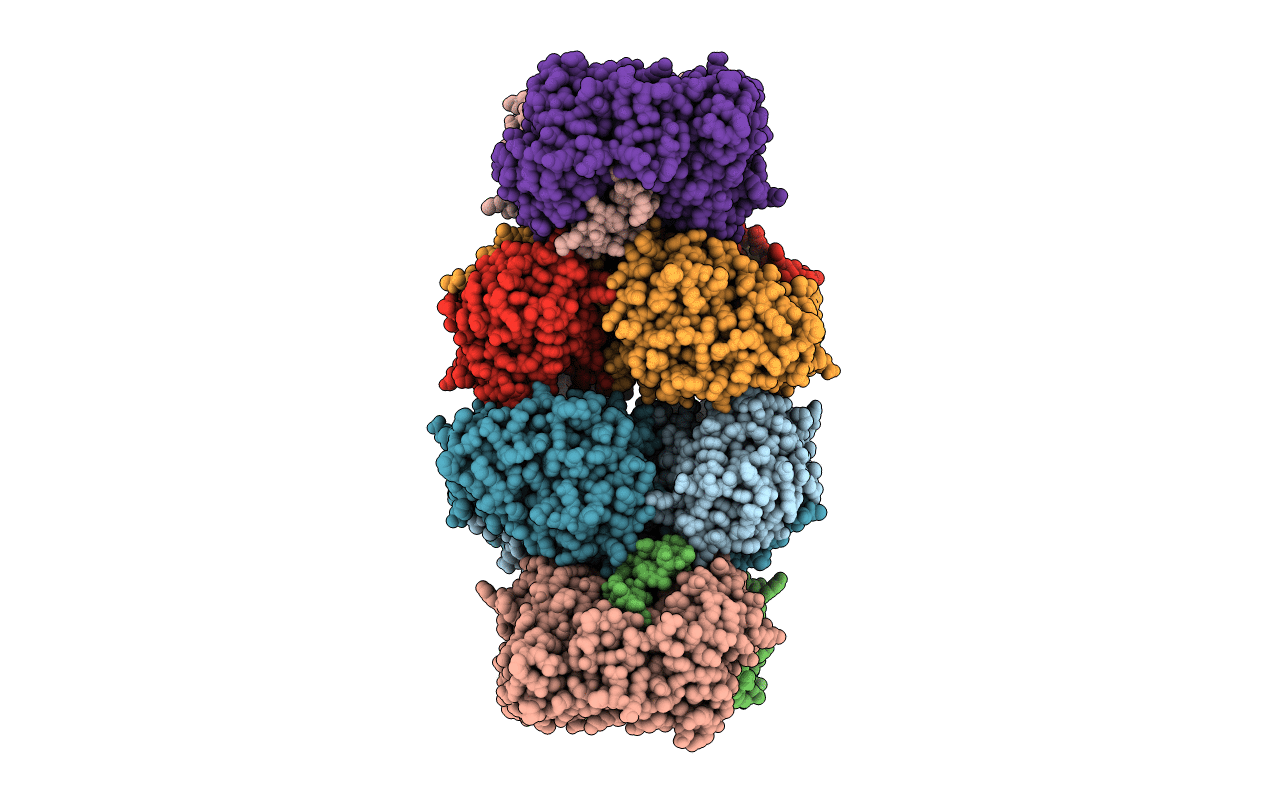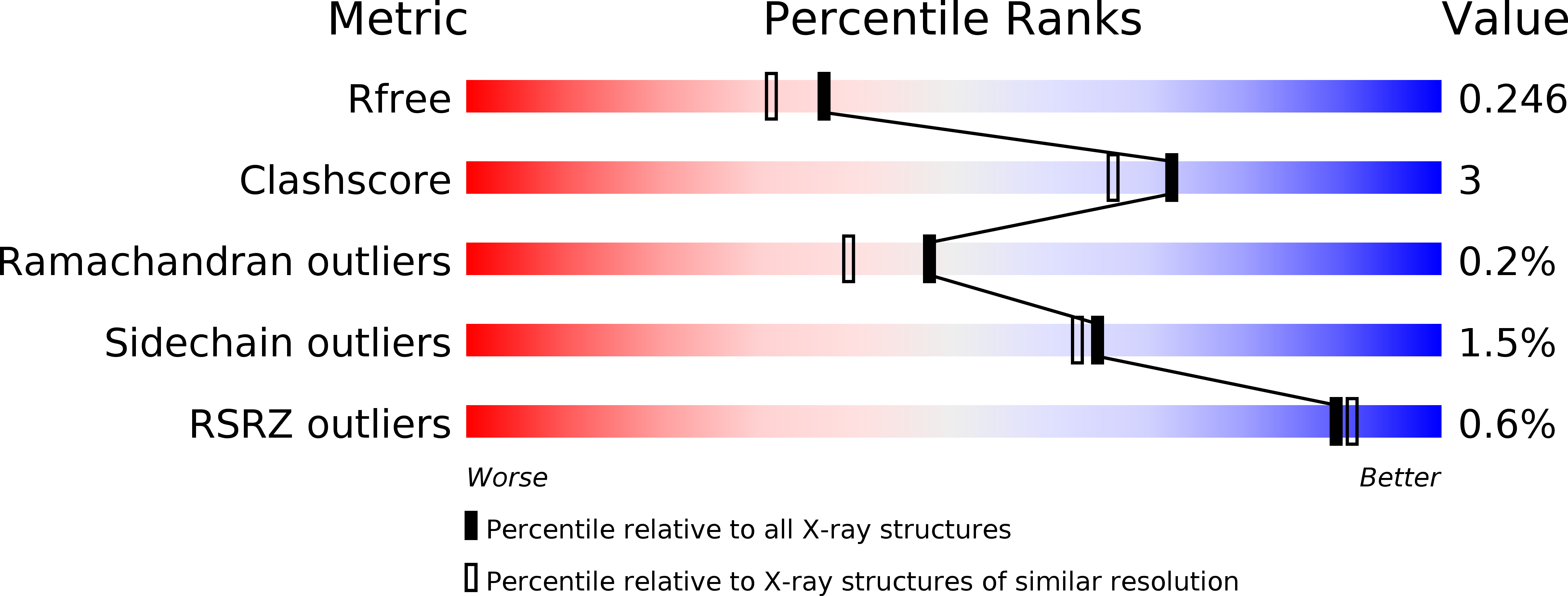
Deposition Date
2019-02-28
Release Date
2019-07-24
Last Version Date
2023-11-15
Entry Detail
PDB ID:
6O4G
Keywords:
Title:
Structure of ALDH7A1 mutant P169S complexed with alpha-aminoadipate
Biological Source:
Source Organism:
Homo sapiens (Taxon ID: 9606)
Host Organism:
Method Details:
Experimental Method:
Resolution:
2.05 Å
R-Value Free:
0.25
R-Value Work:
0.19
R-Value Observed:
0.19
Space Group:
C 1 2 1


